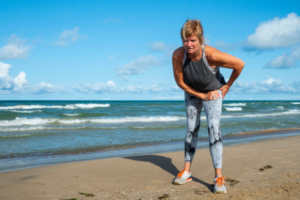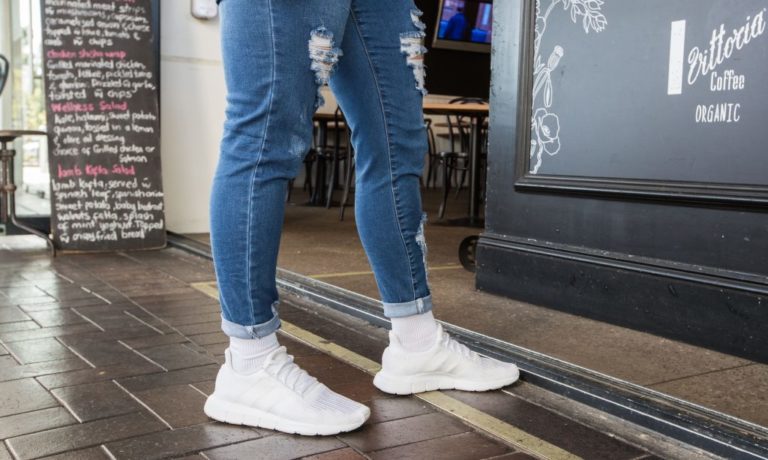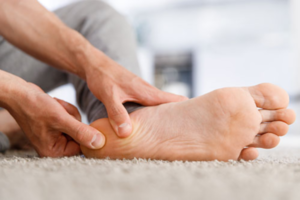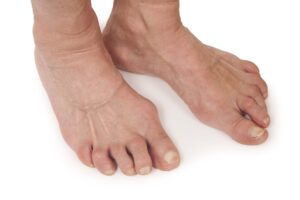
Hip Dysplasia: A Guide for Parents and Adults
Hip dysplasia (developmental dysplasia of the hip – DDH) is a condition that affects the hip joint.

Diabetic foot ulcers are a costly complication of diabetes, reducing people’s quality of life, and increasing morbidity, mortality and healthcare expenditure. Additionally, diabetic foot ulcers are the leading cause of lower extremity amputations and cause approximately 2% of all hospitalisations. Therefore, the prevention of diabetic foot ulcers is of paramount importance. Good footwear and socks can greatly lower the risk of diabetic foot ulcers from occurring.
Shoes
Use of inappropriate footwear or walking barefoot typically increases the magnitude of the local mechanical repetitive stresses on the foot that are leading causes of the development of diabetic foot ulceration. Therefore, it is highly recommended that people with diabetes wear appropriate footwear designed to reduce repetitive stresses at all times, to help prevent diabetic foot ulceration. Below is a list of the features that all good shoes should have:
Socks
While not all diabetics are required to wear diabetic socks, people with diabetes have sensitive feet and need to protect their feet more than others. Diabetic socks are specially designed to decrease the risk of foot injury, to offer maximum blood flow, and keep the feet dry. The best diabetic socks should have the following features:
If you have any questions or would like to discuss appropriate footwear and socks for diabetics feel free to visit us in the Marrickville clinic and we will be happy to answer your questions.
Thanks for reading and stay safe!
Richard
Sole-Lution Podiatry

Hip dysplasia (developmental dysplasia of the hip – DDH) is a condition that affects the hip joint.

Heel pain can be a real drag, especially when that first step in the morning feels like stepping on a tack. One culprit behind this discomfort can be heel spurs. But what exactly are they, and more importantly, how can you fix them?

Arthritis in the feet can significantly disrupt your daily life, turning simple walks into painful struggles.